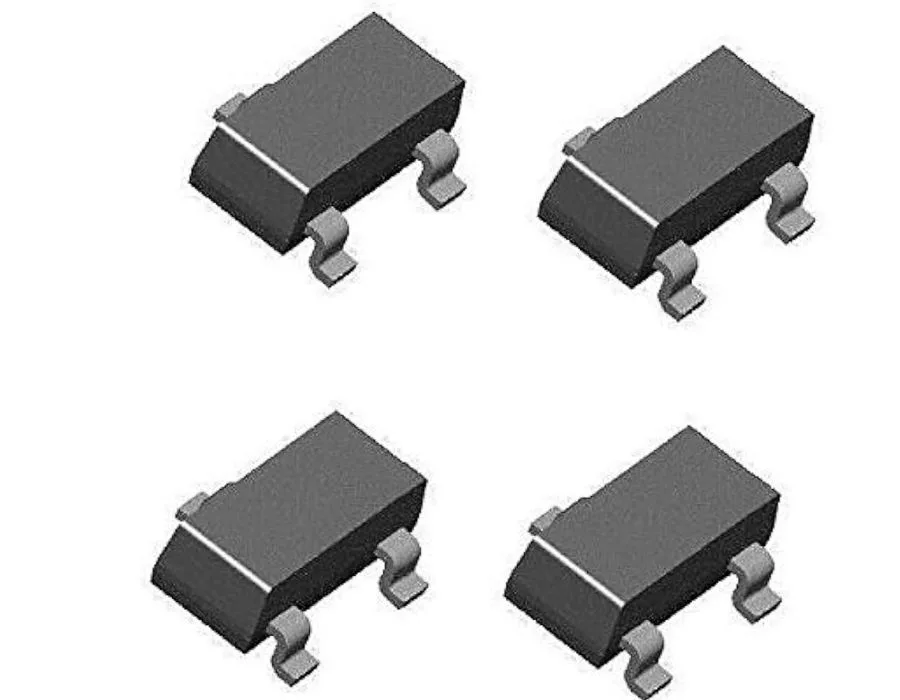When it comes to building resilient production pipelines, it’s often not the flashiest components that matter most, but the ones that quietly keep everything running. In a world where new product lifecycles grow shorter and innovation moves faster, some electronic parts continue to prove their reliability across generations. So, what makes a component stand the test of time in both legacy systems and new designs? The answer is consistency, availability, and functional versatility.
The 2N7000, a small-signal N-channel MOSFET, is a textbook example. Commonly used for switching and general-purpose applications, it offers a reliable and simple solution for controlling logic-level signals. Its through-hole TO-92 packaging makes it perfect for both prototyping and full-scale production, especially in environments where design revisions are frequent. Because of its established reputation, it is often pre-approved in AVL lists and preferred by engineers and procurement alike.
Stocking it ensures current build schedules stay on track while also providing a buffer for unexpected demand surges. It’s widely used in consumer electronics, test equipment, and automotive circuits, which means it tends to move fast in the supply chain. Keeping an efficient, well-monitored inventory reduces the risk of shortages that could delay product deliveries or force costly redesigns due to last-minute substitutions.
Another reason this MOSFET is a staple is its cross-generational use. Products developed years ago still rely on it today, and many new designs still favor its performance and simplicity. It fills the rare position of being both a legacy and a future-proof component, making it invaluable to procurement teams that manage diverse product lines and need flexible sourcing strategies.
Ultimately, the 2N7000 continues to hold its place as a go-to component in electronics manufacturing. For procurement professionals looking to stabilize their supply chain and streamline sourcing, having this MOSFET in stock is more than just good planning; it’s a strategic advantage that bridges the gap between old and new.

Comments